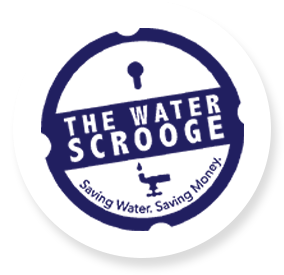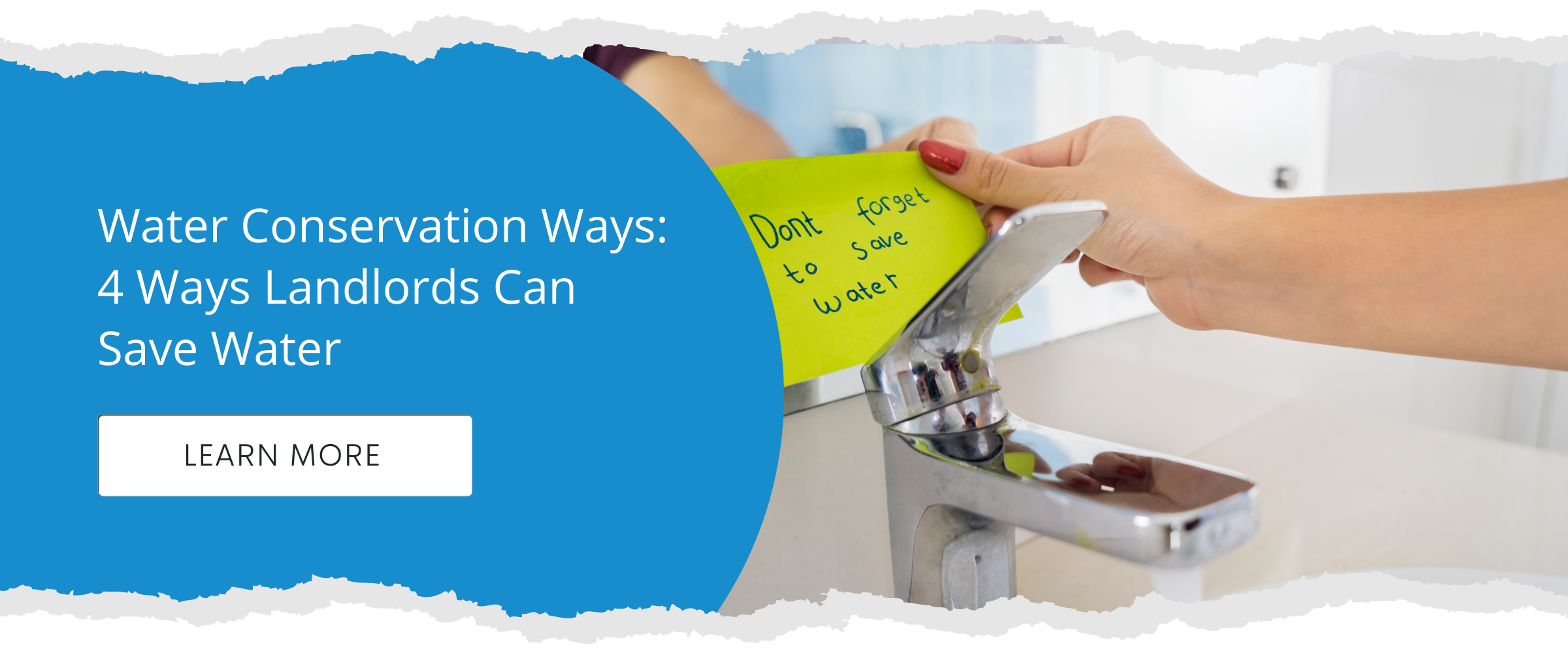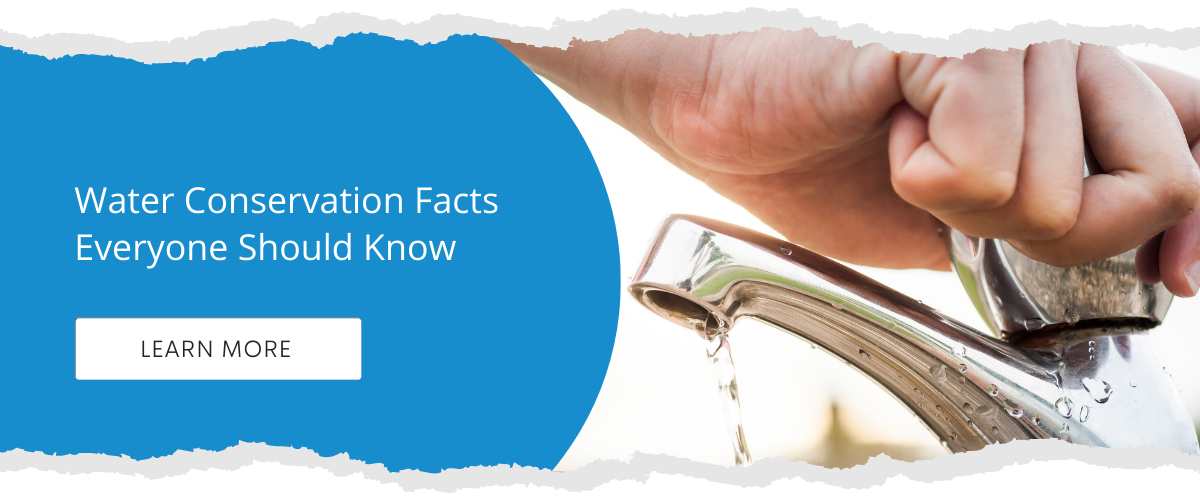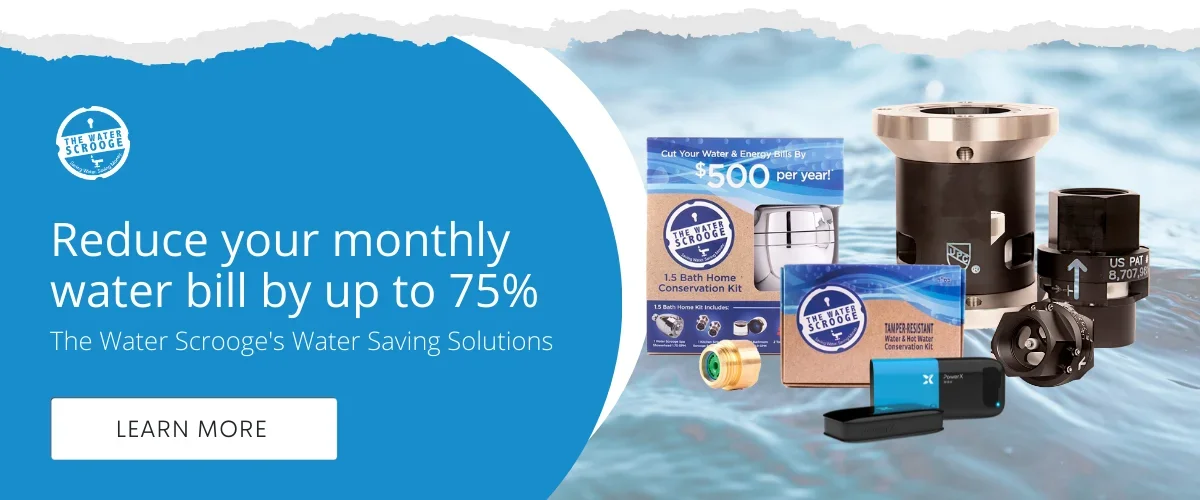6 min read
How to Reduce Water Usage Without Sacrificing Tenant Comfort?
![]() David Schwartz
Jan 29, 2020 9:00:00 AM
David Schwartz
Jan 29, 2020 9:00:00 AM
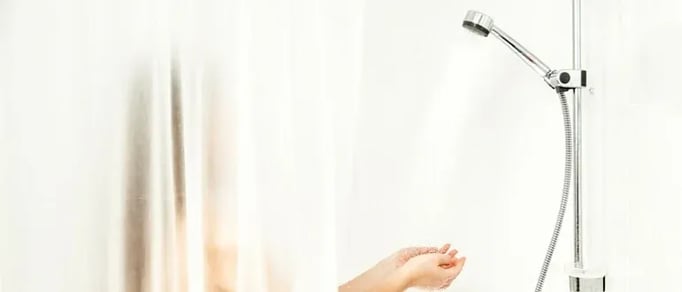
Fun fact: Water costs have increased by 300 percent in New York City since 2000.
Water is a necessary part of modern life, no matter whether you live in a house or apartment building. You use water to brush your teeth, water the plants, do the dishes, shower, and let’s not forget, you need water to flush the toilet. However, people who live in an apartment in New York City don’t actually have to pay for their water usage, which means the entire financial burden falls on the landlord.
Although the water rate increase New York City approved in July 2019 still makes the water rate higher than the national average, the cost of water has risen over 300 percent over the last 20 years. This steady increase has property owners looking for the best ways to cut down on their water bills. After all, water usage is one of the biggest expenses for landlords of multi-unit buildings.
Rental property owners often find themselves in a catch-22. For example, you can install faucet aerators and low-flow showerheads, but most tenants don’t like these devices. They may attempt to destroy or tamper with low-flow fixtures even on the day they’re installed, resulting in wasted money for the landlord and no savings to speak of.
In this article, we will explore some ways to be an actual Scrooge in terms of water consumption.
How to Reduce Water Use While Keeping Tenants Happy
How can you reduce water usage without waging water wars against disgruntled tenants?
Step 1: Survey for Leaks and Track Water Waste
Most rental property owners skip tracking water usage altogether in their water conservation efforts, going straight for solutions like installing low-flow fixtures.
In programming, you don't dive right into fixing a bug. Experienced programmers know that you have to initially figure out which among those lines of code is housing the bug. Finding the defect and understanding how it works is crucial for debugging the program..
By working with water saving experts who can inspect and check for leaks, you can identify how much water your tenants should be using per day, per month, per year. These experts will also help you identify potential leaks, inefficient toilets and washing machines, and silent faucet drips.
The creators of The Water Scrooge understand that every building and property is different, which is why it offers white glove installation and a customized plan. Its system analyzes your pre-installation water usage, and based on the findings, creates a personalized water conservation plan for you.
Step 2: Address Sources of Water Waste
Once you have a benchmark of your water usage per day and a clearer picture of your water waste sources, you can take action by addressing these issues.
Fix leaks and monitor regularly. Tenants will appreciate this because they'll have peace of mind knowing that a leaking ceiling or a flooded bathroom is far from happening, which is the only time they will probably report the leak to you in the first place. (Most tenants aren’t keen on reporting leaks unless it’s an emergency. Otherwise, it’s just a hassle for them.)
Replace old toilets, faucets, or showerheads. Old toilet flappers are typically the main cause of leaking toilets. According to the United States Environmental Protection Agency, replacing older and inefficient toilets with its newer WaterSense-labeled counterparts could save 13,000 gallons per year. New washing machines can also help conserve water.
Yet here's the problem with newer toilet models: They flush and use water more than they're advertised to do after roughly a year of use.
Your in-house maintenance crew won't be able to figure this out because it's not as easy as measuring the amount of water in your toilet tank. We've helped landlords and property owners deal with this issue through a patented tool that allows us to accurately pinpoint and calibrate a toilet's flush rate, subsequently tweaking it back to flush rate settings, which saves an average of 1.5 gallons per flush in water and obviously a lot of money.
To address potential sources of water waste without sacrificing tenant comfort, installing The Water Scrooge's patented regulators instead of ordinary low-flow fixtures is a sensible step.
A Possible Solution
What if you could save an average of $500 per unit each and every year? That's what our clients have been able to do, in some cases dramatically more. You can read our case studies here to get an idea of how it could work for your property.
In addition to significant savings, here are 4 other benefits of using The Water Scrooge.
01. Regulate Flow Without Sacrificing Comfort
The Water Scrooge products and devices are pressure compensating. They adjust water flow to a consistent and comfortable rate, which will keep your tenants happy while dramatically saving water.
Take showers, for instance. The legal flow rate of showers is 2.5 gallons per minute. Anything over that is a violation of the law, But compare the 2.5 gallons per minute benchmark against the real average shower flow rate of 4 gallons per minute and you can see how much water is wasted every day.
But again, installing low-flow fixtures that limit water flow is not a good idea. A tenant that is used to 4 gallons per minute spewing from their shower won't like it when that new showerhead cuts the water flow down to 1.5 gallons per minute. Their solution will be to try and disable it, remove it, or destroy it. When that happens, your investment goes down the drain (pun intended).
The solution is to use flow regulators that keep the flow rate comfortable, and at the same time, are tamper proof. For instance, our aerators on shower fixtures increase water velocity while decreasing the actual flow rate. The increased pressure makes it feel like there is more water volume, while less water is actually flowing, much like when you put your thumb over the garden hose.
You can opt for two different flow-rates: 2.0 gallons per minute (gpm)and 1.75 gpm.
We recommend 1.75 gpm for maximum savings and tenant comfort. Whenever you drop below 1.75 gpm, you start to feel the difference. Although you can do this with our products, we discourage it because tenants tend to be dissatisfied.
As we said before, the average water usage for showers in the United States is 4 gallons per minute. It could go as high as 6 to 10 gpm when tenants remove or tamper with the showerheads' flow regulators. With your 1.75 gpm setting, you are saving an average of 2 gallons per minute. If you want to get an idea of how much you will save, you can use our savings calculator here.
02. Double-Down on Savings – The Hot Water Issue
For most of our clients, they are happy just saving on their water bills. But when they learn how hot water is really costing them money, they are even happier.
Consider this: Besides all the water you waste, you're also paying for energy to heat the water. Given that 1-2 people use between 30-40 gallons a day, you can imagine how saving 2 gallons per minute can increase your energy costs.
Enter your data to our savings calculator and learn more about how The Water Scrooge System can help you save water and energy at the same time.
03. Easy to Install and Tamper-Proof
The Water Scrooge products can be easily installed in less than 15 minutes, and you can even have someone from our team to help you out. However, removing these fixtures is not as simple as its installation, because it takes a special set of tools to do so. In contrast to regular low-flow regulators, tenants won't be able to tell if a low-flow fixture is in place because they are placed discreetly.
In some cases where the water flow is really high, and landlords want to cut it back to be more reasonable, the tenants will notice the difference. This is where tamper-proof systems are a necessity. The tenant has no access to the fixture because of its discreet placement. So there is no tampering or disabling, which both safeguards your investment in the technology and guarantees the savings will be protected.
A lot of people wonder about installation, how does it sit behind the shower wall, but require no construction to install? The video below will show how The Water Scrooge works:
04. The Water Scrooge – An Ongoing Partner
Many of our clients want to maximize their savings and keep their buildings at peak performance year after year. For these clients, The Water Scrooge isn't just a product— it's a partner in saving water and money.
We will monitor water usage to document savings and identify any anomalies that could signal a leak or plumbing problem. Not only that, but each year we inspect our products to keep flow rates steady and ensure all fixtures and products are working as they are meant to.
Win-Win Water Savings
No one has to feel that they got the short end of the stick when you opt for win-win solutions. With The Water Scrooge, you don't have to sacrifice tenant comfort to cut down on your building or property's water consumption bills.
Head on over to our case studies to learn how New York property owners are enjoying The Water Scrooge's ingenious water savings system.
About The Water Scrooge™
The Water Scrooge™ offers water conservation ways and products to multi-family landlords and homeowners, including: shower flow controllers, Leak Detection Systems, Toilet Leak Prevention Devices (The Toilet Scrooge™), water flow management devices (SMART Valve™), toilet calibration and DIY products.
Also featuring The Water Scrooge™ App. Our app empowers your team to carry out the installation of our kits. With it, you can also record and track data points about the units (other than water usage).
